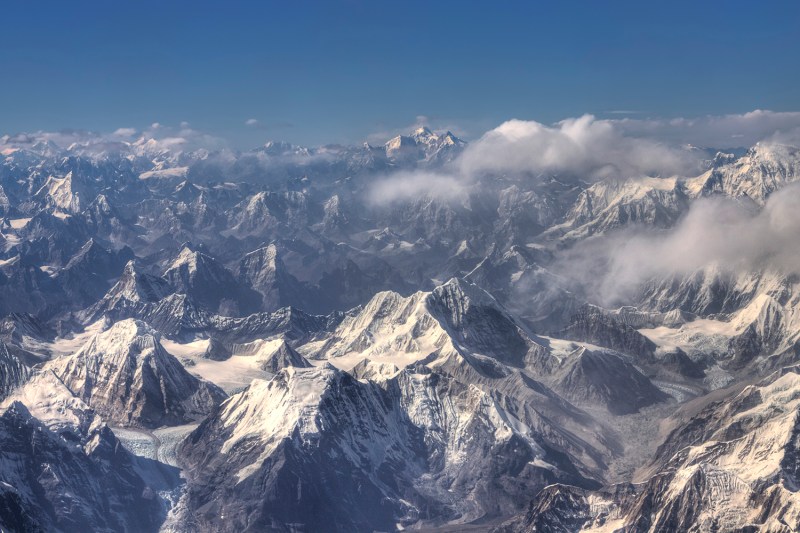
Towering approximately 29,032 feet over the Himalayas (and growing every year), Mount Everest is the tallest mountain in the world. To date, over 6,000 climbers have reached its pinnacle. It takes years of physical conditioning and technical know-how to reach the top, even with the assistance of a team of sherpas to help you. And then there’s the financial outlay.
Permits, air transportation, gear, oxygen, ground transport, food, time off from work — it all racks up pretty quickly. Whether you’re thinking of heading there yourself or you’re just curious as to how much these daredevil athletes shell out for their trip, here’s our answer to the question, “How much does it cost to climb Mount Everest?”
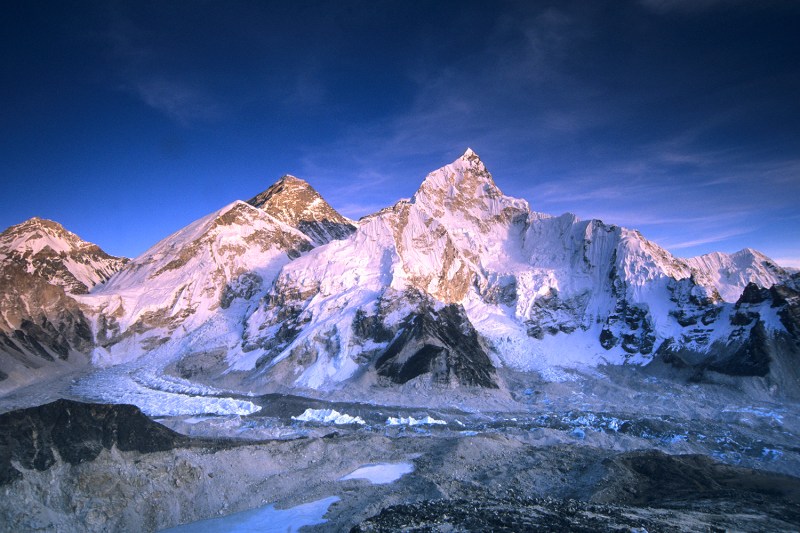
What’s the total cost of climbing Mount Everest?
In 2019, The Manual interviewed mountaineer Alan Arnette and mountaineer/guide Garrett Madison of Madison Mountaineering to find out just how expensive it is to climb the world’s highest peak.
“The average price paid in 2017 [was] around $45,000,” Arnette said. “The price range for a standard supported climb ranges from $28,000 to $85,000. A fully custom climb will run over $115,000 and those extreme risk-takers can skimp by for well under $20,000.”
Keep in mind the final cost varies widely because every climber’s needs are different. “Typically, this includes transportation from Kathmandu or Lhasa, food, base camp tents, Sherpa support, and supplemental oxygen. But with such a wide range, there are many caveats, such as a personal Sherpa, Western guides, tips, food, and tents on the upper mountain,” Arnette continued.
The cost to climb Mount Everest has continued to skyrocket since we last checked in with Madison 2017. Taking a trip up Everest in 2024 will cost you anywhere from $30,000 to $160,000, with the average falling somewhere around $50,000.
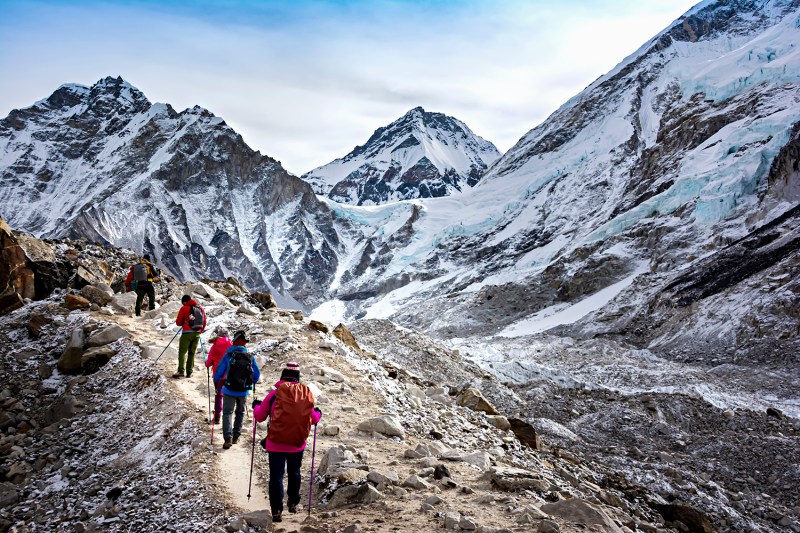
Cost of support
The cost of support (i.e., Sherpas) for climbing Everest depends on how comprehensive you want that support to be. If you are looking to go the “full service” route, you can expect to pay at least $45,000 and up to $160,000.
When it comes to climbing assistance, Sherpas are a key part of almost every Everest expedition. Sherpas are extremely hard-working Tibetan people who live on the slopes of the Himalayas and assist Everest climbers with various tasks, including cooking, carrying gear, and making crucial decisions. While hiring a Sherpa is not required for climbing Mount Everest, it can help increase the odds of reaching the summit — and it’s a service that many decide is well worth the investment.
A personal climbing Sherpa will cost anywhere upwards of $5,000, while a Sherpa for loading and unloading starts at $3,000, and a Sherpa that provides cooking starts at $2,000. Keep in mind climbers are expected to cover bonuses and tip Sherpas generously, too. Obviously, this is one area you don’t want to cheap out.
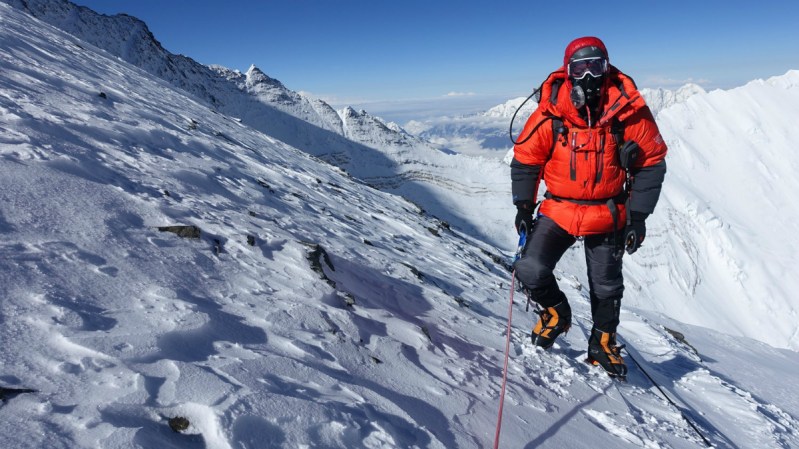
Cost of food and transportation
The cost of travel to Mount Everest can vary greatly, depending on the climber. The cost of your flight, which airline you choose—not to mention the week-long trek to base camp—will all contribute to total transportation cost of climbing Mount Everest. The trek alone costs about $4,000. When it comes to food on Mount Everest, you can expect to spend $20 to $30 per day.
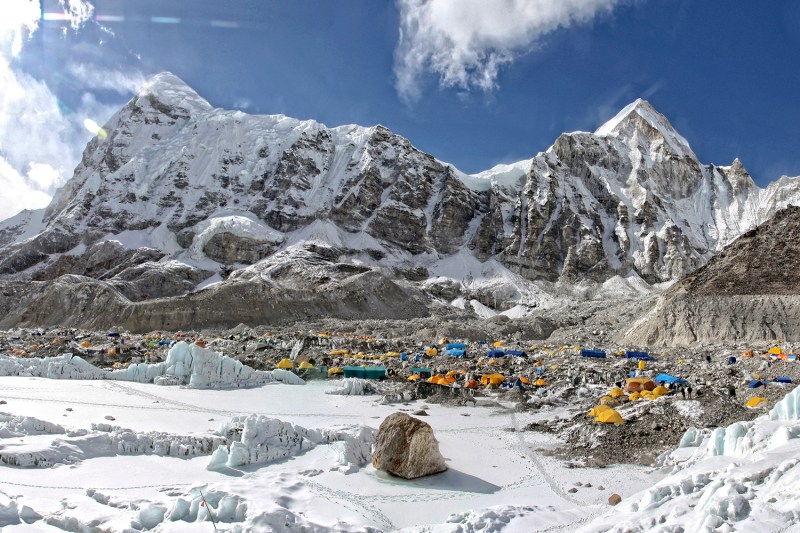
Cost of permits
Permits are one of the biggest expenses of climbing Mount Everest, and it’s a cost you simply can’t avoid. There are, however, two different ways to approach Everest, with two different prices: the Northside in Tibet and the Southside in Nepal. The permit in Nepal costs $11,000 (plus $2,500 to hire a local company to organize the permit), plus a $4,000 (refundable) trash permit, $2,500 for a local Nepalese team to organize your permit, and a final $3,000 per team for a Group Liason Officier. So just getting the proper paperwork in order costs close to $20,000, and that’s before all of your other costs.
From the Tibetan side, China recently eliminated the relatively more affordable solo climber option. Everest hopefuls must now travel in groups of four or more. Permitting costs now run between $15,800 and $18,000 per person in a group. That fee does include some things, however, like ground transport, yak support, trash fees, hotels, and liaison officer fees.
While the permit prices for Everest are not cheap and might make you think twice about a climb, they’re in place for good reason. Every year, the number of Everest hopefuls continues to rise, often at the expense of the experience, quality of life for locals, and the environment. Pricey permits help to mitigate these downfalls by putting much-needed monetary resources toward protecting the environment, cultural heritage, and livelihood of locals.
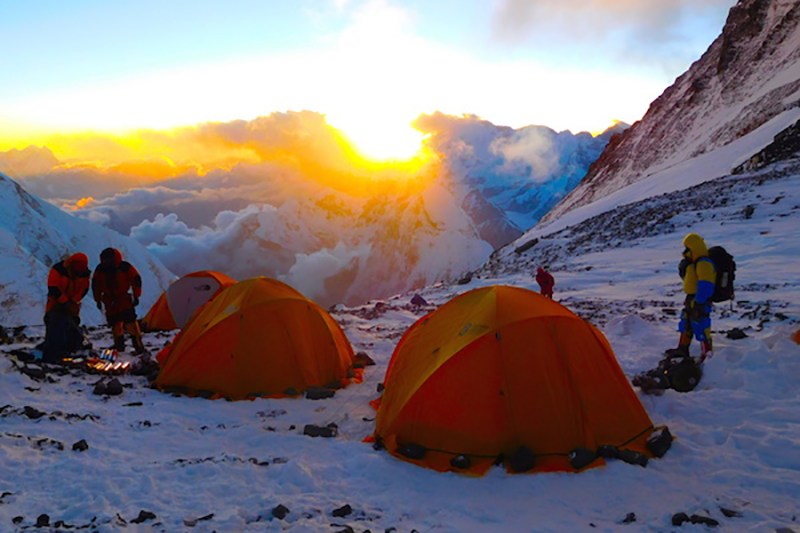
Cost of gear and equipment
If you want to reach the summit of the world’s tallest mountain, you can expect to spend between $6,000 and $8,000 on gear.
You’ll need climbing gear, of course, like crampons, an ice ax, and a belay; technical clothing, including a down coat, a good mix of base layers, and hiking/trekking pants; and camp equipment, including a sleeping bag, an extreme-weather tent, and a thermos.
While the gear list is both extensive and expensive, the good news is, that you can start with what you already have before investing in new items. If you’re already an amateur outdoorsman, chances are you already have the basics, like base layers, good hiking socks, moisture-wicking T-shirts, and a windbreaker. Starting with these items is a big help considering the entire list is pretty extensive. You can find a thorough Everest packing list here, provided by Madison Mountaineering.
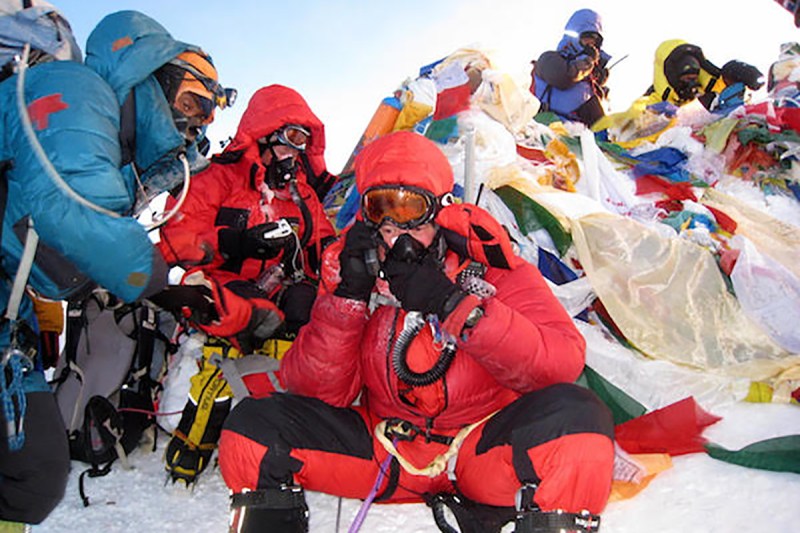
Cost of bottled oxygen
The need for bottled oxygen is just another reminder that Everest is not your everyday hike. An essential item on any Mount Everest packing list, supplemental oxygen is also one of the most expensive. While summiting Everest without oxygen is possible, it includes severe risks like extreme hyperventilation and respiratory alkalosis. It’s not for the faint-hearted.
The average Everest climber will use five to six oxygen bottles, each costing nearly $600. Climbers also need an oxygen mask and regulator, which cost another $600. Keep in mind, climbers are also required to supply oxygen for their Sherpa, if they’re hiring one.

The cost of insurance
Since the climb to the summit of Mount Everest is so dangerous, it should really come as no surprise that you’re going to need insurance to cover you against any issues that may arise. Most climbing companies will require you to purchase special insurance before you set out. According to Climbing IQ, the basic insurance, known as evacuation insurance, will cover an emergency rescue and evacuation from the mountain if you get injured or ill during the climb. The cost for this insurance can be as low as $200 per climber, which is cheap, considering a helicopter evacuation from Everest can cost tens of thousands of dollars if you’re not insured.
There are also options to cover more than just evacuations, a full coverage package, which covers rescue, medical care, and trip cancellation. These packages can cost anywhere from $3,000 to $10,000.
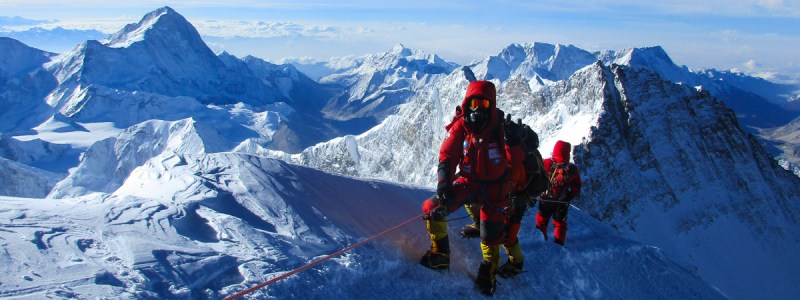
Preparing for Everest
The financial cost of climbing Mount Everest is just the tip of the iceberg. If you’re seriously considering checking out the view from 29,032 feet, you should also prepare for the immense physical and mental costs. Your regimen leading up to your Everest trek will include rigorous workouts, breathing exercises, visualization practices, and lessons on overcoming negative self-talk.
Sky-high costs aside, climbing Mount Everest will undoubtedly challenge you and leave you feeling on top of the world (literally). Many climbers who have achieved this incredible feat assert the feeling as indescribable, but one word seems to sum up the experience best: Priceless.
Frequently Asked Questions
Why is it so expensive to climb Mount Everest?
The explanation for why it’s so expensive to climb Mount Everest—anywhere from $30,000 to $160,000—has to do with the sky high prices for transportation (flights and the trek to basecamp), support (Sherpas), climbing permits, gear and equipment, bottled oxygen, and insurance.
Permits tend to be among the biggest expenses associated with climbing Everest: A permit in Nepal costs $11,000, plus $2,500 to hire a local company to organize the permit; a $4,000 (refundable) trash permit; and a final $3,000 per team for a Group Liason Officer. These costs alone can total close to $20,000.
How much do Sherpas get paid on Everest?
A personal climbing Sherpa for Everest will cost upwards of $5,000, while a Sherpa that handles loading and unloading starts at $3,000. A Sherpa for cooking costs about $2,000. That’s just the baseline cost for their services, however; climbers are expected to pay out bonuses and tips to Sherpas as well.
Is it free to climb Mount Everest?
Climbing Mount Everest itself is far from free. Apart from the high transportation costs (flights, trek to base camp), gear, support in the way of Sherpas, bottled oxygen, and food, there’s also pricy permit cost from the Nepalese government, which as of 2024 costs $11,000. What’s more, these permits are set to increase $15,000 in 2025, a 36% increase.



